Animals That Live In Caves
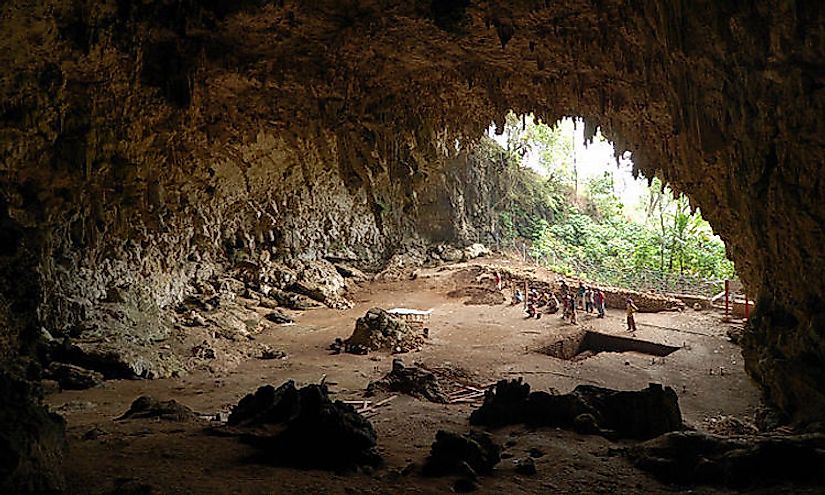
8. What Are Caves? -
A cave is a hollow place in the ground, usually large enough for an adult human to enter. Caves are formed by natural processes of weathering and might extend quite deep underground. Smaller openings on the ground like rock shelters, sea caves, and grottos are also designated as caves.
7. Where Are Caves Found? -
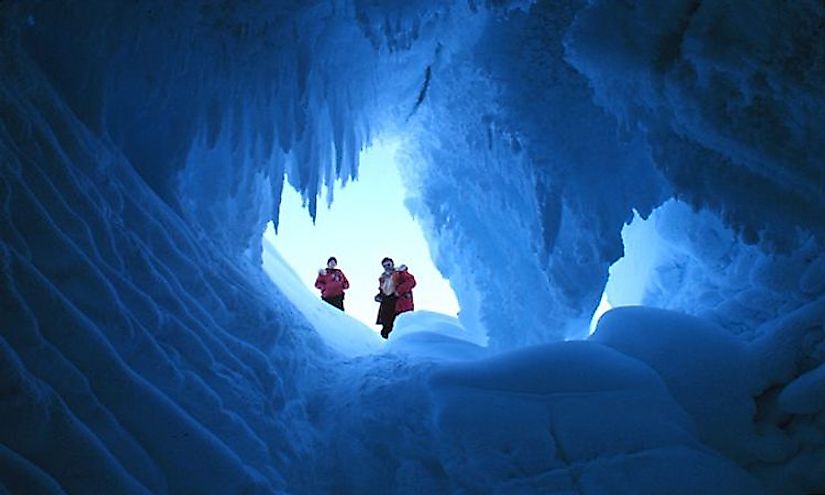
Caves are found throughout the world in all the continents including the frozen continent of Antarctica. People exploring caves are called cavers, and the amateur activity of exploring caves and cave animals is called caving. A large number of caves have been documented in countries across the world where caving is a popular activity. Speleology is the science of cave exploration and study. In areas where caves are located in inaccessible locations like those in the Amazon rainforest of Brazil or underneath the ice caps of Antarctica, little is known about the caves and the cave dwelling animals in such caves.
6. Cave Environment -
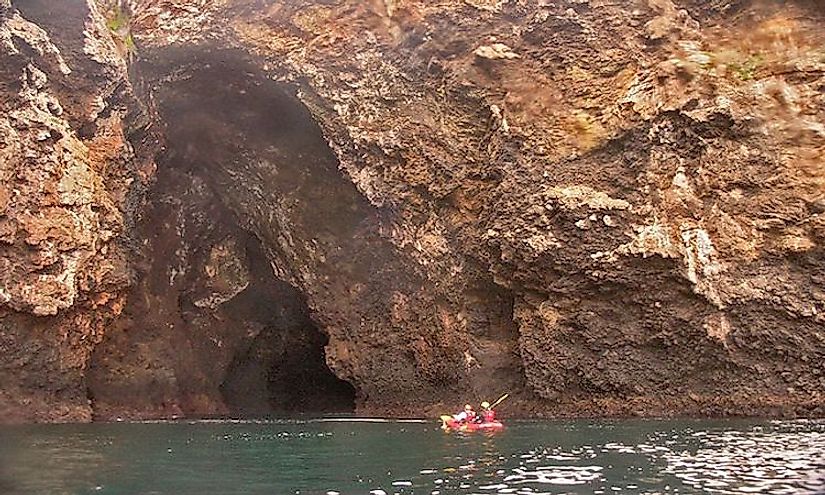
The environment inside caves, especially those with great depths, is quite different from that outside the caves. The climate inside caves usually remains stable throughout the year. Humidity is generally high, often as high as 95% due to the extremely low evaporation rates inside the cave. Food resources are usually scarce inside cave systems due to the limited biodiversity and the absence of flora in the sunlight free zone of the cave. Oxygen levels inside deep cave systems are also not sufficiently high to allow ground-dwelling species to survive for elongated durations in a healthy manner. Four ecozones can be defined inside a cave. The entrance zone is where the underground environment and the surface environment meets. The entrance zone usually receives sufficient sunlight. The twilight zone is where light reaches but is scarcer than in the entrance zone. In the transition zone, light is almost completely absent but still a few features of the environment outside prevails. The deepest part of the cave is the deep cave zone which is shrouded in complete darkness, has extremely high humidity, and a relatively stable environment. It is here that the true cave dwelling animals, the troglobites live.
5. Cave Dwelling Animals -
Troglofauna (ground dwelling cave animals), and stygofauna (aquatic cave fauna) are classified as troglobites, troglophiles, trogloxenes, and accidentals. Each of these categories has been discussed below. Since a large number of cave systems have not been explored till now, a great number of cave-dwelling animals remain undiscovered. Though interiors of deep caves are usually associated with stable environments, certain threats to species dwelling in such habitat still remain. For example, floodwaters might alter the cave environment drastically and wipe out many species. Severe winters might also affect cave environments and in turn, adversely affect the troglofauna. Humans are also a great threat to the continued survival of cave animals. Human exploration of sensitive cave habitats might introduce pathogens to such habitats that can kill off cave animals lacking immunity to such pathogens. Mining or other habitat- destroying acts of man might alter the cave environment completely. Toxic wastes generated by humans might also contaminate the waters flowing into caves from toxic environments.
4. Troglobites -
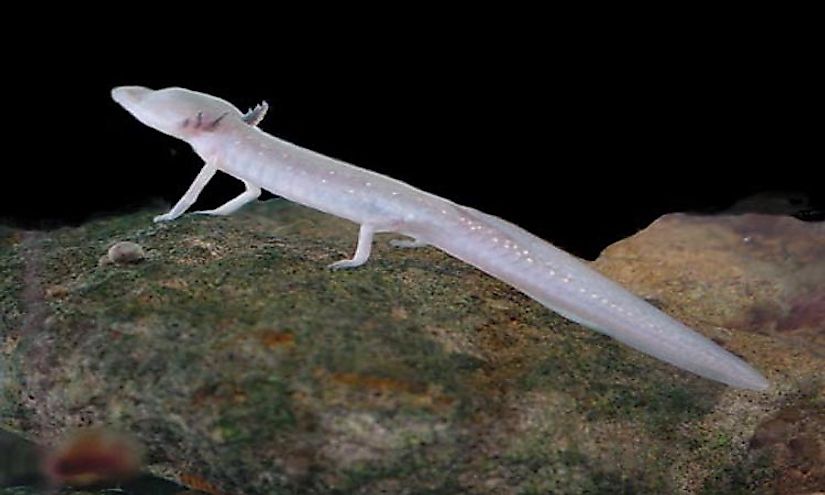
Troglobites can be regarded as the true cave animals as these animals have special adaptations to live in caves and spend their entire life-cycle within the confines of the cave habitat. Troglobites are classified into troglofauna referring to land-dwelling cave animals and stygofauna which are water-dwelling cave animals.
Several physical and physiological adaptations are exhibited by troglobites. Some examples of these adaptations include loss of body pigmentation (as the animals are hardly exposed to sunlight), loss of sight (the darkness of the caves renders eyes as unnecessary sense organs), slow metabolic activity (low availability of food and less scope of movement), etc. Not all adaptations are related to loss of function, but some lead to the gain of function. For example, the troglobites often possess extreme sensory adaptations for stimuli such as touch or other stimuli that are light-independent. These animals might have highly sensitive sensory hairs and long antennae. Auditory and chemosensory organs of these animals are also often highly specialized. Since troglobites hardly survive outside the cave system, they are usually endemic to a particular cave system.
Examples of troglobites include the Kauaʻi cave wolf spider, Texas blind salamander, olm, cave salamanders, Nelson cave spider, Tumbling Creek cavesnail, Phantom cave snail, Alabama cave shrimp, etc. The Alabama cave shrimp live in aquatic environments in caves and obtains nutrients from detritus and feces of bats and other cave dwelling animals.
3. Troglophiles -
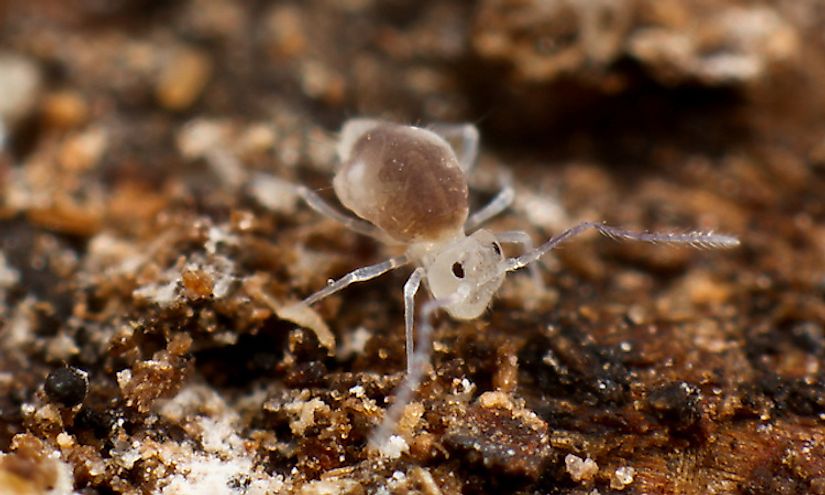
A troglophile is an animal that inhabits caves and often completes their entire life cycle in the cave habitat but is also able to survive in above-ground habitats. These animals are usually partially adapted to survive in caves and might exhibit partial loss of eyesight or an incomplete loss of pigmentation.
Examples of troglophile cave animals are cave insects like Oligaphorura schoetti. These insects grow up to 1.7 mm in size and have a fairly wide distribution in cave environments.
2. Trogloxenes -
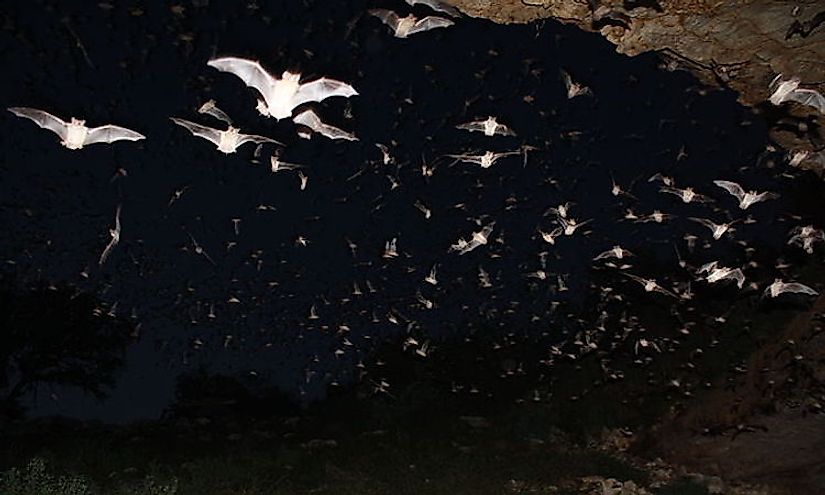
Trogloxenes are animals that live in caves, usually at the very entrance or around cave systems but cannot exclusively depend on the caves to complete their life-cycle or daily activities. Extant trogloxene animals include rats, raccoons, opiliones, and bears. During the third interglacial epoch and the fourth glacial advance, a large number of now extinct species inhabited the caves of the world. Cave bears, cave leopards, cave lions, and cave hyenas are examples of these extinct animals.
Bats like the Mexican free-tailed bat or the gray bat are trogloxenes. These cave animals live in caves but forage outside. A few species of nocturnal crickets which forage outside caves at night and roost in caves during the day are also classified as trogloxenes.
1. Accidentals -
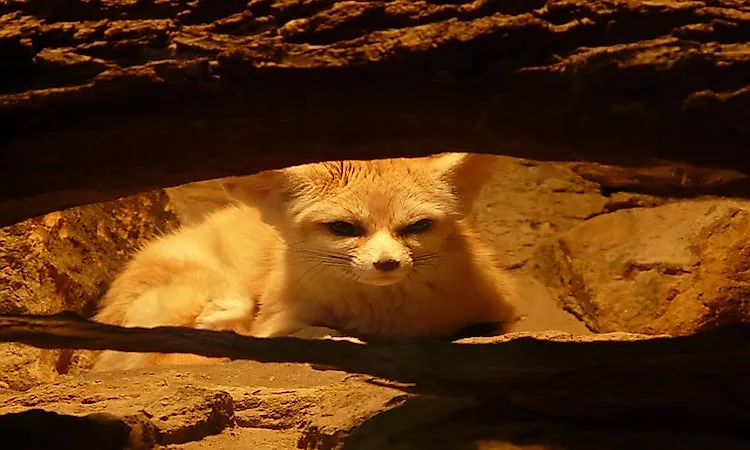
Accidentals are animals that seek a temporary shelter in the cave or accidentally land up in caves. For example, an animal running away from a predator might seek shelter in the darkness of a cave to avoid the predator. Even humans might visit caves for short durations. Cave visits by the accidentals are usually short-lived incursions due to lack of sustenance and light.











